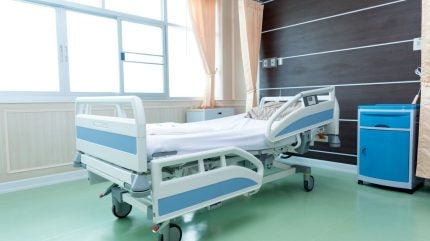
US Acute Care Solutions (USACS) has partnered with the University of Pennsylvania Health System (Penn Medicine) to implement the ‘dizziNIHSS’ initiative across the latter’s Philadelphia emergency departments.
The USACS initiative will be incorporated at the Hospital of the University of Pennsylvania, Pennsylvania Hospital, and Penn Presbyterian Medical Center.

Discover B2B Marketing That Performs
Combine business intelligence and editorial excellence to reach engaged professionals across 36 leading media platforms.
It aims to improve the diagnosis and treatment of posterior strokes, thereby enhancing patient outcomes and overall population health.
The approach is designed to improve the diagnosis of posterior strokes by prompting clinicians to administer the NIH Stroke Scale (NIHSS), perform a test of skew, and evaluate gait in any patient presenting with dizziness, vertigo, or imbalance.
USACS chief medical officer Dr Amer Aldeen said: “The dizziNIHSS initiative here at USACS is a prime example of fulfilling our mission to care for patients.”
University of Pennsylvania Perelman School of Medicine Emergency Medicine chair Dr Benjamin Sun said: “We are excited to collaborate with USACS in using the dizziNIHSS method, reinforcing our commitment to early and accurate diagnosis of all strokes, anterior and posterior.”

US Tariffs are shifting - will you react or anticipate?
Don’t let policy changes catch you off guard. Stay proactive with real-time data and expert analysis.
By GlobalDataPosterior strokes often go undetected as they do not exhibit traditional stroke symptoms, such as weakness or speech difficulties. They may instead be mistaken for vertigo, fainting, or psychiatric conditions.
The dizziNIHSS approach emphasises the use of NIHSS to better identify these commonly missed strokes.
NIHSS serves as a critical diagnostic tool, offering an advantage over CT and MRI scans in the early detection of strokes.
It can be administered quickly by any clinician, in any setting, without the need for advanced resources.
The adoption of the dizziNIHSS initiative, coupled with clinician training and feedback, has led to a substantial increase in the use of NIHSS for atypical neurological symptoms in USACS-staffed emergency departments, from 17% to 73%.
Patients under the care of USACS clinicians are now up to four times more likely to receive a timely and accurate stroke diagnosis.





